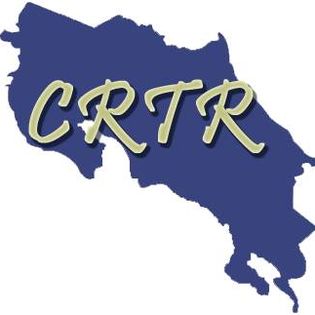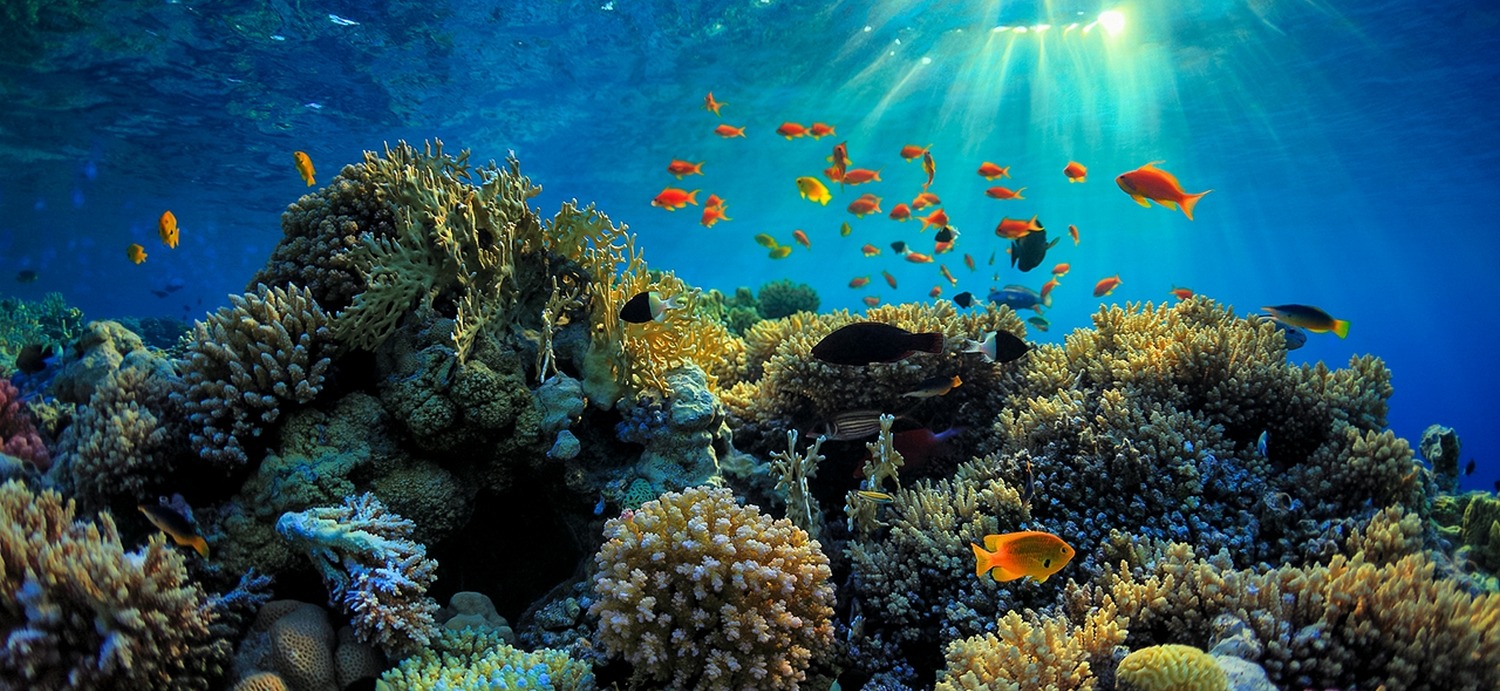
The Great Barrier Reef
The best of the Great Barrier Reef

Welcome to CRTR
It's our pleasure to make your dreams come true. Allow us to use our experience as travel agents to make your stay in Costa Rica unforgettable. Tell us about your dream adventures, and we'll match them with the best hotels, private or chartered transportation, and reliable, experienced tour guides, adjusting your tour package to your travel budget. We'll be available 24/7 throughout your trip.
Thank you for choosing us. CRTR
Help us to help others 💞

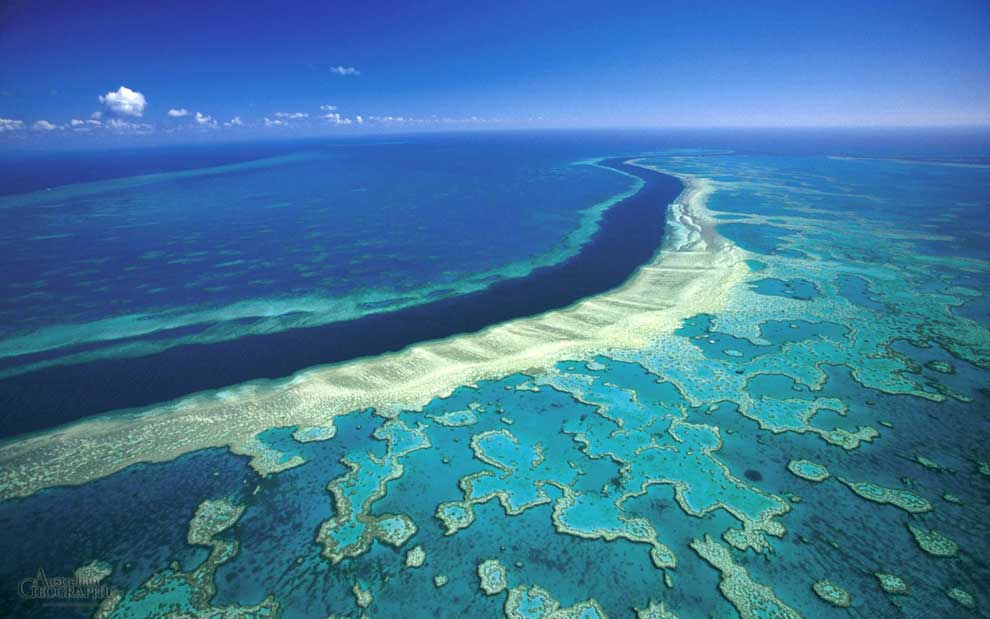
The Great Barrier Reef
The Great Barrier Reef, located off the coast of Queensland, is the largest coral reef system on Earth. Home to thousands of coral species, tropical fish, turtles, and manta rays, it offers a uniquely vibrant ecosystem. A UNESCO World Heritage Site, it is perfect for snorkeling, diving, and exploring its idyllic islands. Its clear waters reveal colorful underwater gardens and remarkable biodiversity. As one of Australia's most iconic natural wonders, it inspires global admiration and highlights the importance of marine conservation.

The Great Barrier Reef

The Great Barrier Reef
The Great Barrier Reef, off Australia's northeast coast, is the world's largest coral system and a UNESCO World Heritage site. Its habitat includes warm, shallow, clear waters that allow hard and soft corals to thrive. The reef contains seagrass meadows, mangroves, and abundant marine life such as tropical fish, turtles, rays, and sharks. Common coral types include staghorn corals, brain corals, table corals, and vividly colored soft corals. This ecosystem is essential for ocean biodiversity and highly vulnerable to climate change.

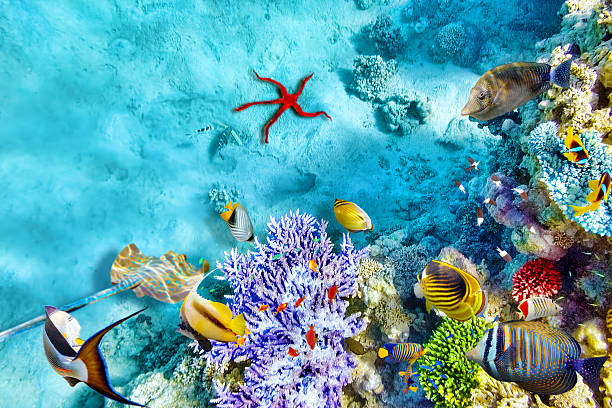

Photo gallery

The Great Barrier Reef
The Great Barrier Reef, located off Australia's northeastern coast, is the largest coral system on Earth, stretching more than 2,300 kilometers. Composed of thousands of reefs and cays, it forms a vibrant habitat home to hard and soft corals, tropical fish, marine turtles, sharks, mollusks, and coastal birds. Its formation began roughly 8,000 years ago, when rising sea levels allowed corals to grow steadily over ancient submerged platforms.
Historically, Australia's Aboriginal peoples have maintained a deep cultural and spiritual connection to the reef, viewing it as an integral part of their maritime landscape. The first European record came from Captain James Cook in 1770, who charted the region and noted its navigational hazards after his ship struck the reef. During the 20th century, the Great Barrier Reef became a major site for scientific research, exploration, and diving tourism. In 1981 it was designated a World Heritage Site for its extraordinary biodiversity and ecological significance. Today, it faces threats such as coral bleaching and climate change, prompting global conservation efforts to safeguard its unique ecosystems.

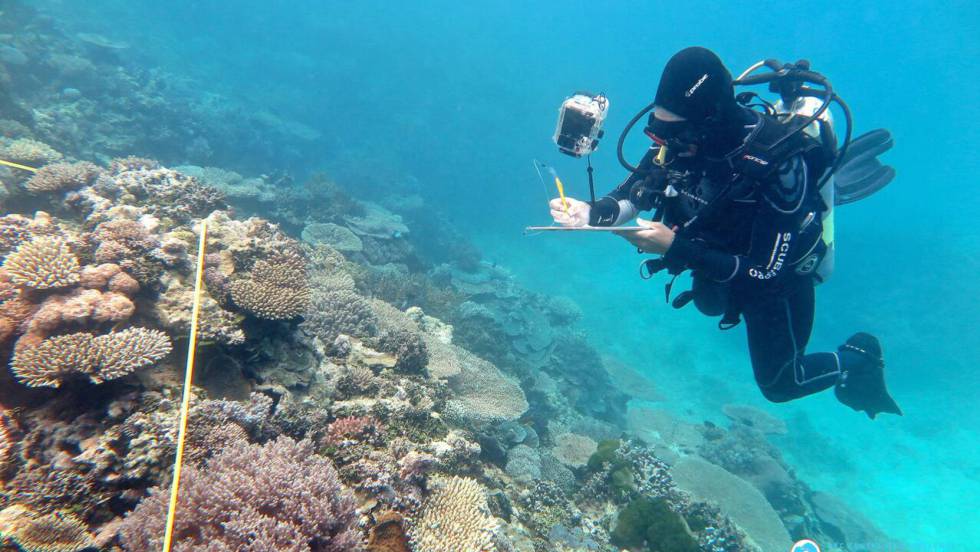
The Great Barrier Reef
The most famous figure of the Great Barrier Reef is Heart Reef, a naturally occurring heart-shaped coral formation located in the Whitsundays. Discovered in 1975 by a local pilot, it has become an emblem of Australia's reef ecosystem. Its structure is composed mainly of hard corals from the Acropora genus, which grow slowly and form compact, resilient patterns. Surrounding turquoise lagoons host green turtles, manta rays, and schools of reef fish. Because of its ecological fragility, Heart Reef can only be viewed from the air, a measure that protects its delicate marine biology and prevents direct human impact on this iconic coral formation.

We look forward to your visit
Costa Rica, Alajuela, Palmares, Buenos Aires
Calle Real, 50 meters north of the Jehovah's Witnesses Church
www.costarica-best.com
info@costarica-best.com
506-8850-2426
Pura Vida!!

